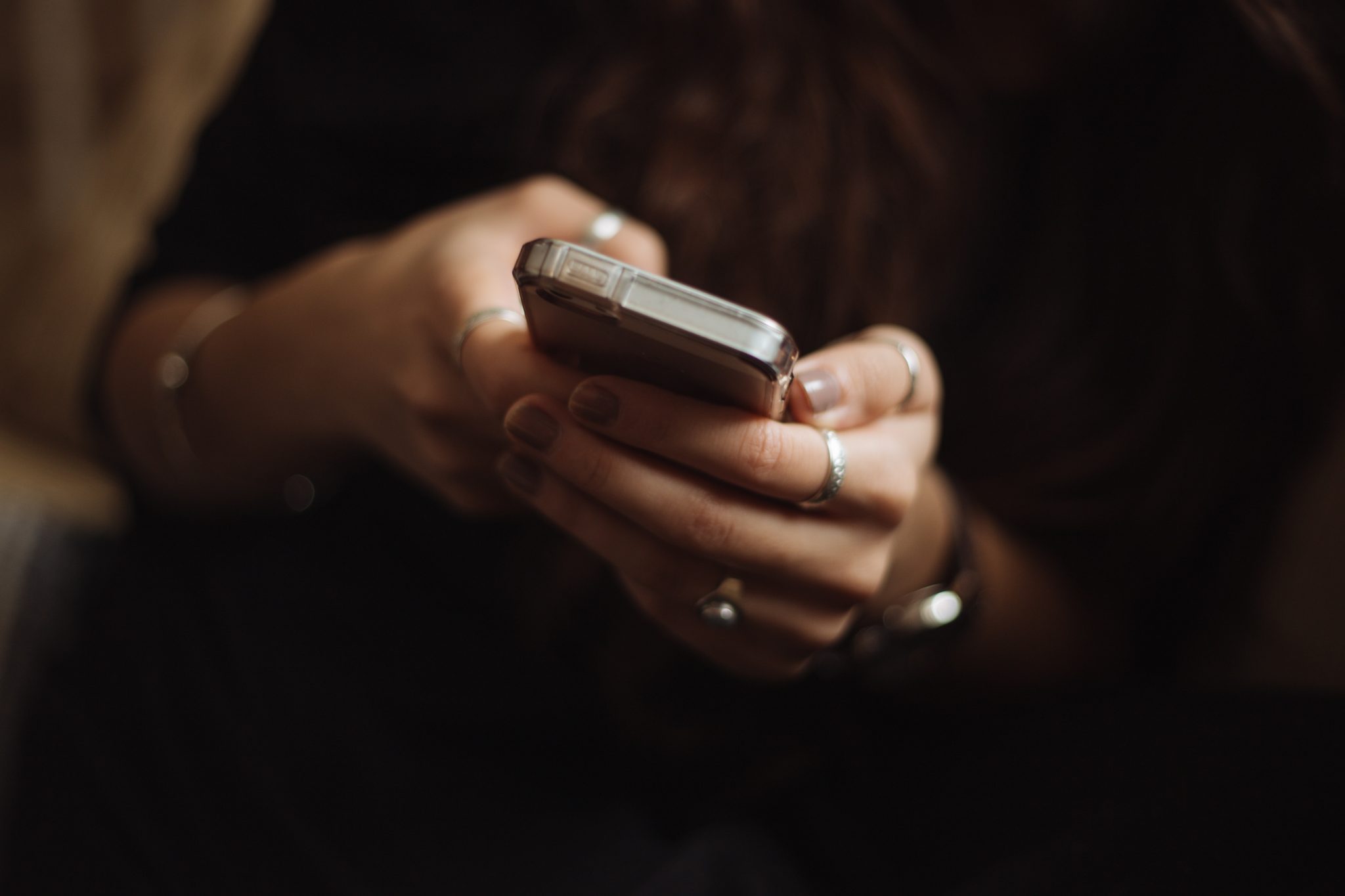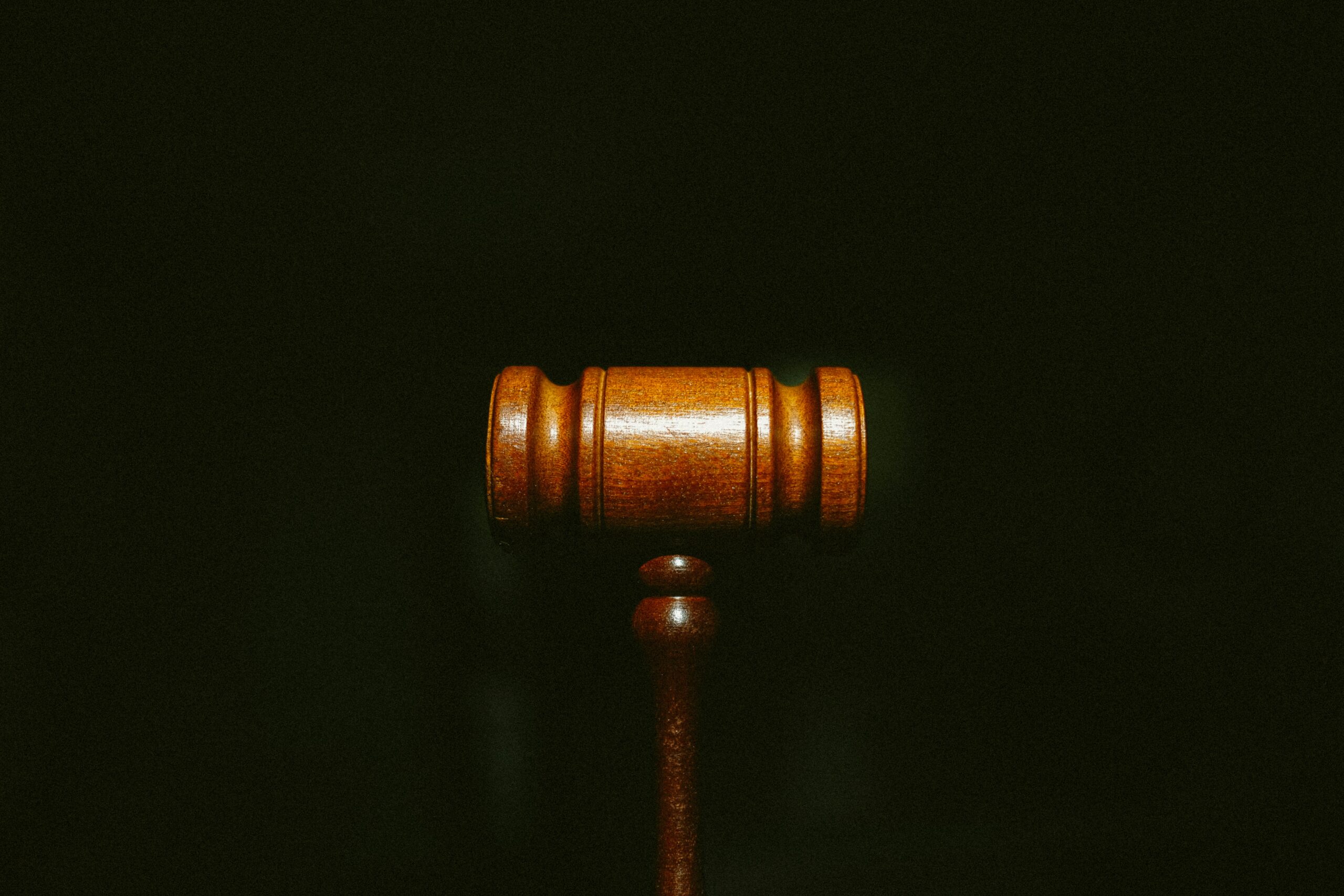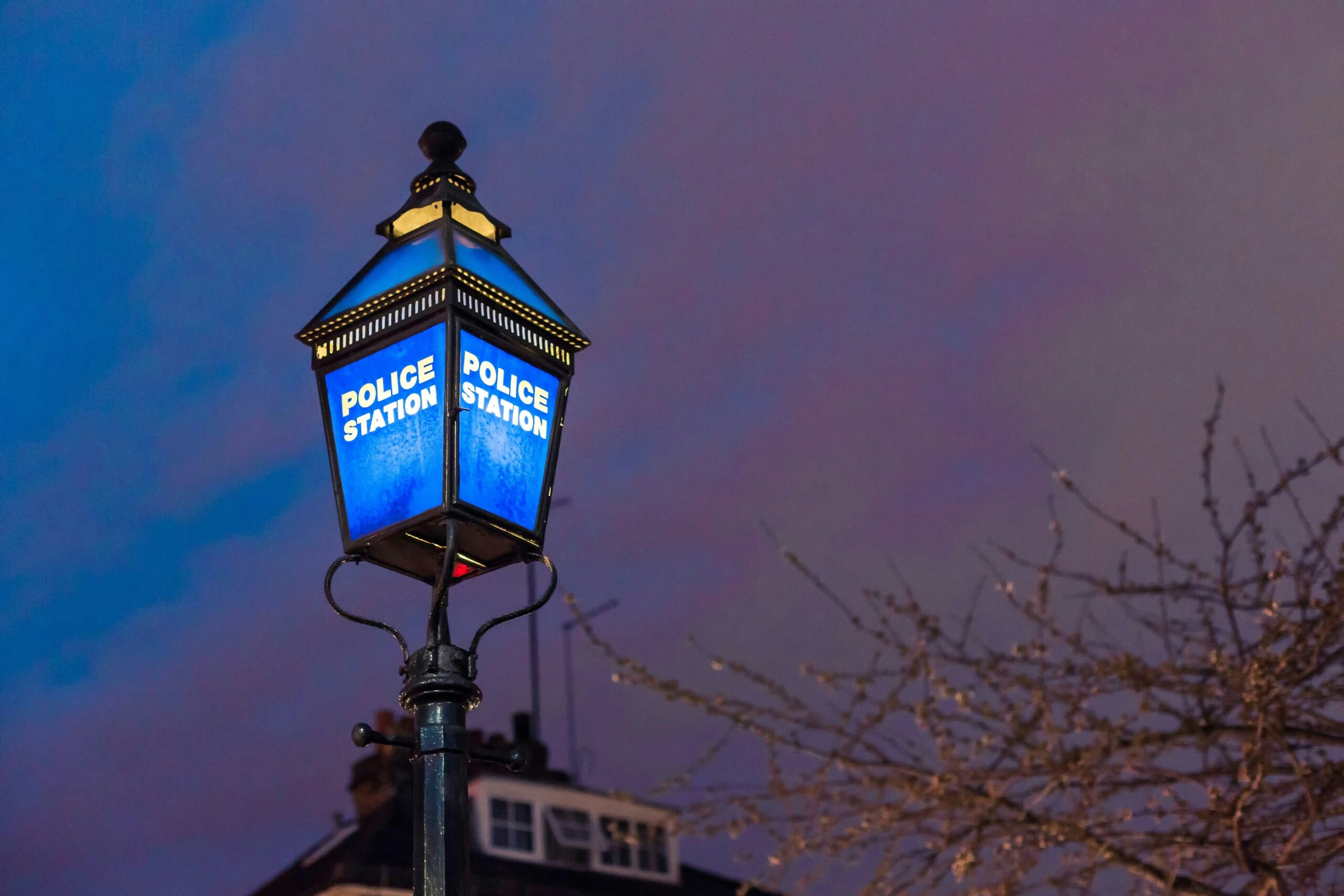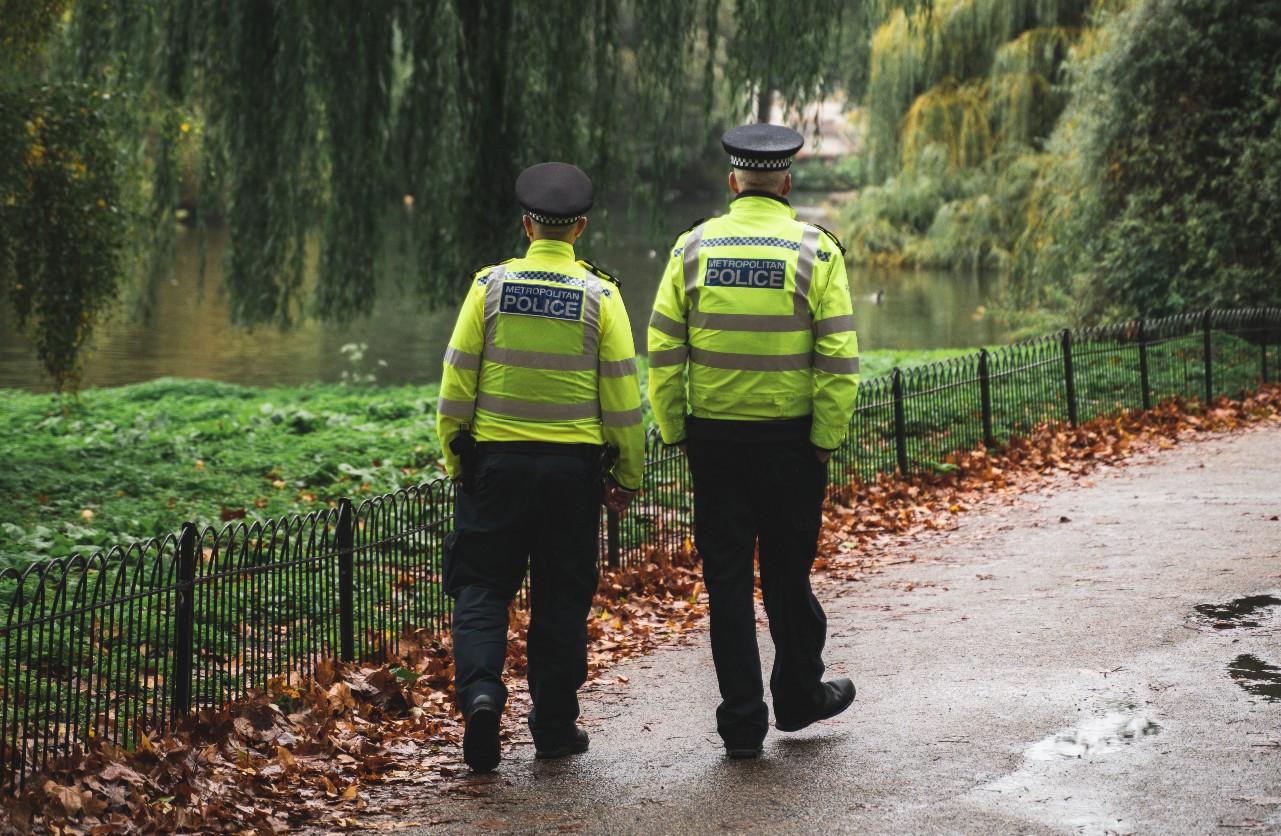Intimate Images (Offences) Bill – Commentary by Richard Nelson LLP
The intimate Images Bill is due to have its second reading in parliament on 2nd December 2021. This Bill proposes to introduce four new offences, to counteract the current gap in the substantive law surrounding the sharing of images without the subject’s consent. This is sometimes generalised as ‘revenge porn’, but also encompasses elements of voyeurism and exposure offences.
Intimate image abuse can take many forms, including the obvious sharing of private sexual images without consent, but also that of upskirting/downblousing, threats to share and Sextortion – the use of a sexual image of someone as blackmail, to extort them for money and/or more sexualised images in fear of the blackmailer releasing the image.
The proposal will also encompass sexualised photoshopping and deepfake pornography and technology that has seen an explosion in use for a number of purposes, not just the faking of sexual images. Deepfaking is the process of using a machine learning tool to merge two peoples features, for example merging the facial features of 1 person (A), onto the body of a nude photo of another (B) to make it appear as if the nude photograph is of person A. This software is not only used in photographs, but largely used for the mapping of an innocent individual’s face onto that of an actress in a pornographic video. The more images the software is shown, the better the fake given its learning abilities.
What is the need?
The current substantive law has clear gaps when it comes to some of the above named conduct. Some of the above are offences under various statutes, including sharing of private sexual images with intention to cause distress under s33 Criminal Justice and Courts Act 2015, exposure under s66 Sexual offences Act 2003 & Voyeurism offences under s67 Sexual offences act 2003 and Voyeurism (Offences) Act 2019.
These various statutes however do not include all types of image abuse that occurs. Downblousing, sharing of altered images, threats to share, recording of rapes/sexual assaults and sextortion are not captured by any existing legislation. It may seem as though these types of behaviour are few and far between, however:
- Downblousing – this is becoming ever more present in online forums, one online website looked at by the Law Commission during consultation had over 3,000 sub-threads in the ‘upskirting & downblousing’ category.
- Deepfakes – in 2019 it was reported that of 14,678 deepfake images found online, a staggering 96% of these were of a pornographic nature. 100% of these pornographic deepfakes were of women. The report also identified that the 4 largest deepfake porn websites had a combined 134,364,438 video views.
- Threats to share – A survey commissioned by Refuge in June 2020 found that 1 in 14 adults in England and Wales have experienced threats to share intimate images.
- Recordings of rape and sexual assaults – Increasingly ending up on hardcore pornography websites increasing the consequences for the victim.
- Sextortion – In the early part of 2020 it was reported that 9,000 people had been targeted in sextortion scams over the 6 week lockdown period.
It is clear that technological advancement will inevitably create gaps in existing legislation. Therefore, changes to the law are needed to encompass those offences that have come about as a result.
What is an ‘Intimate’ Image?
The proposal breaks down the meaning of ‘intimate’ images into 3 categories, these being sexual, nude or semi-nude and private.
Sexual images are described as something that a reasonable person would consider to be sexual because of its nature, this includes images that have been altered to appear sexual.
Nude and semi-nude images are described as images of breast, buttocks and/or genitals, whether exposed fully, covered by anything worn as underwear or partially exposed. This would include breastfeeding. Images that have been altered to appear nude or semi-nude would also be included for example a nude photo with emojis put in place to cover breast, buttocks or genitals.
Private images are any other images where a person should have a reasonable expectation of privacy. This is detailed as images of a person using the toilet. The consultation by the Law Commission sought views of consultees whether bathing, showering or in a state of undress, where the genitals, breast or buttocks are not exposed or only covered by underwear should be included.
There are particular religious considerations as well, for example a Muslim woman who wears a hijab in public being pictured not wearing a hijab, in an intimate setting with a man other than her husband, or a Hasidic Jewish woman being pictured with the lower half of her legs exposed. These may seem trivial to some, by a ‘western’ standard of sexualisation, however within certain religious communities, this can lead to similar levels of shame, ostracisation and harassment. There are issues with including these types of images, boundaries of intimacy and the general population’s understanding of what may and may not be considered as intimate, across many religious groups, along with the harm that may be caused by sharing such images.
What are the proposed offences?
The Bill proposes to introduce 4 new offences. These are broken down into a ‘base’ offence, with 2 offences containing extended intent elements and one offence being of threats.
- Proposed base offence:
It would be an offence for a person (D) to intentionally take or share an intimate image of the depicted person (V), where (V) does not consent, and D does not have reasonable belief of consent. - Proposed Two additional Intent offences:
It would be an offence for a person (D) to intentionally take or share an intimate image of a person (V), where (V) does not consent, and (D) does so with the intention to cause humiliation, alarm or distress to (V).It would be an offence for a person (D) to intentionally take or share and intimate image of a person (V), where (V) does not consent, and (D) does not have reasonable belief of consent, and (D)’s purpose in doing so was to gain sexual gratification for themselves or another. - Proposed threats offence:
It would be an offence for a person (D) to threaten to share an intimate image of a person (V) where (D) intends to cause (V) to fear that the threat will be carried out or (D) is reckless as to whether (V) will fear that the threat will be carried out.
Defences
With a proposed new set of offences comes a defence element, which allows for the prohibited conduct to be carried out in certain circumstances. In the Intimate Image Bill the defence is one of reasonable excuse.
You may well have a reasonable excuse if one of the following is true:
- The defendant reasonably believed taking or sharing an intimate image was necessary for the purpose of preventing, detecting, investigating or prosecuting crime;
- The defendant reasonably believed taking or sharing an intimate image was necessary for the purpose of legal proceedings;
- The defendant reasonably believed sharing an intimate image was necessary for administration of justice;
- Taking or sharing for a genuine medical, scientific or educational purpose; and
- Taking or sharing is in the public interest.
This is not a finite list of what may be considered as a reasonable excuse, the list is likely to be non-exhaustive and would take testing through the courts to produce further applications of the reasonable excuse defence.



